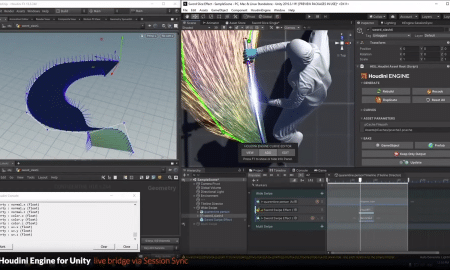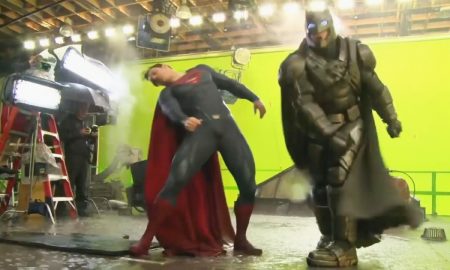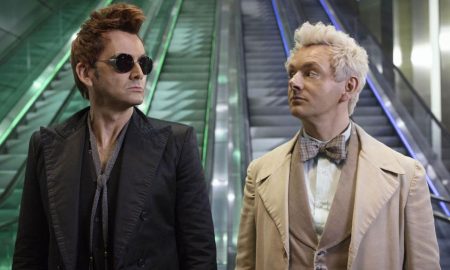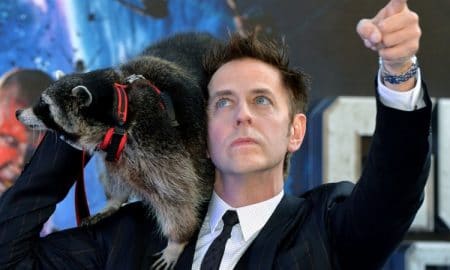

One of the most lauded films heading into the 2017 Oscar ceremony, is an unlikely candidate. Hidden Figures tells the true story of the three mathematicians who helped NASA take the lead in the Space Race. What’s even more remarkable, is that these three ladies weren’t even in on the job, they’d been funneled into a racially segregated division of a Langley think tank. Distinguished by their unparalleled skill and their unflinching bravery, these women carved new territory for America using only their ridiculous math skills. This is the true story of Katherine Johnson, Mary Jackson, and Dorothy Vaughan, the real women behind Hidden Figures.
1. The Human Computers
In the 1960s, the work of getting man into space wasn’t done by processors, it was done by actual human beings who worked the incredibly complicated math formulas necessary to get what amounted to giant, flying rocks from Earth into space and back again. Academic institutions had been using women as computers since the late 19th century. It was in this position at the National Advisory Committee for Aeronautics (the precursor to NASA), that the three characters at the center of Hidden Figures’ tale were working when events kicked off.

2. The Job Of an African American Computer
Working out of Langley’s West Area Computers — the facility’s segregated campus — black computers were paid less and relegated to segregated dining halls and bathrooms. Though they performed the same work as their white counterparts, they weren’t considered for any kind of raise or promotion to other parts of the NACA.
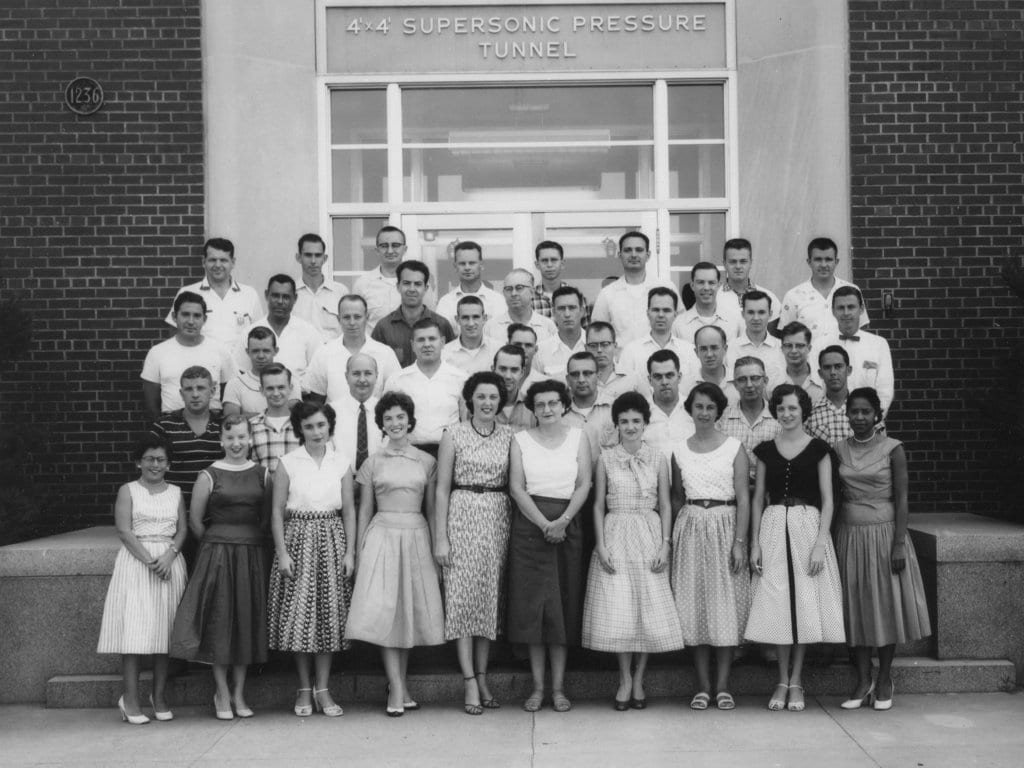
3. Katherine Johnson Was a Child Prodigy
The West Virginia native graduated from high school at the age of 14. Then, she graduated college at 18. THEN, she was one of three African Americans (and the only lady) to desegregate West Virginia State College.
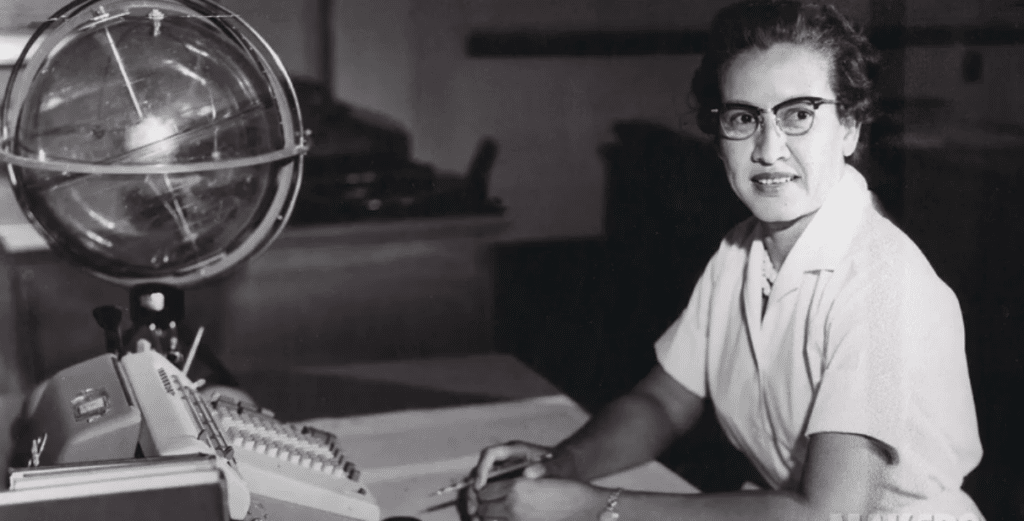
4. John Glenn Had More Faith in Johnson Than in IBM
One of the most telling parts of Katherine Johnson’s skill, is that the first American to complete an orbit of Earth, John Glenn, put more faith in Johnson’s hand calculations than in the onboard computers. At one point, the astronaut was quoted saying, “[Get] the girl to check the numbers… If she says the numbers are good… I’m ready to go.”

5. Mary Jackson Was a Born Teacher
Before going to work at the NACA, Mary Jackson was a schoolteacher. Even after making the switch to West Area Computers, she would often advise her coworkers on how best to bolster their educational credits. “She discovered that occasionally it was something as simple as a lack of a couple of courses, or perhaps the location of the individual, or perhaps the assignments given them, and of course, the ever present glass ceiling that most women seemed to encounter.”

6. Dorothy Vaughan Fought for a Real Meritocracy
Of the three “hidden figures” mentioned in the film, Dorothy Vaughan was the first hired. In fact, her distinguished work earned her a permanent position working for the NACA during World War II. A promotion to supervisor came in 1949. She was the first black woman to be appointed in that role at the NACA and NASA. In her position as a leader, she ensured that any of her employees who merited a raise or special attention, got it.

7. The Film Messes With the Timeline a Bit
While most of the events that happen in Hidden Figures really did take place, the movie version of these women’s stories does swap around events in the timeline for dramatic effect. Perhaps the most dramatic shift though, is that the film makes it seem largely as though these women rose to the forefront of the NACA over the same period of time and the same course of events. That’s largely untrue, as each of the film’s major characters distinguished themselves in the eyes of the NACA in different years and on different projects.

8. NASA’s Progressiveness Was Born of Necessity
In both the film and the book, the three central characters in the film are propelled through the NACA and later NASA, thanks to their science, math, and technical skills. Their promotions weren’t necessarily possible because NASA was so enlightened. In fact, it was more to do with their tight deadlines, the mounting pressure, and the need to have the best minds in the world devoted to the space race, regardless of the color of their skin. NASA’s response wasn’t so much kind, as it was logical (which is what you’d expect from a group of super smart people).

More in Entertainment
-
Amazing Before & After Hollywood VFX – Terminator Dark Fate
The Terminator saga continues with Dark Fate and now we take a look at some of the complex CGI behind the...
March 14, 2020 -
Christian Group Attempts to Ban a Show They Haven’t Seen
20,000 people have signed Return to Order’s (a Christian Group) petition asking Netflix to cancel Amazon Prime Video’s new limited series...
June 20, 2019 -
Jussie Smollett Pleads Not Guilty
Smollett pled not guilty to the 16-count indictment against him this morning. He was advised he needs to be at every...
March 14, 2019 -
Liam Payne and Naomi Campbell Fuel Relationship Rumors
The 25-year-old former boy bander has been seen all over town with his rumored new fling, 48-year-old supermodel Naomi Campbell. The...
March 13, 2019 -
Amazing Before & After Hollywood VFX Tron Legacy
Today we step inside the neon world of Tron and take a look at some of the tedious visual effects applied...
February 19, 2019 -
The ‘Guardians of the Galaxy’ Cast Stands Up for Their Embattled Director
It’s been more than a week since news broke that Disney had axed James Gunn for a series of tweets he...
July 30, 2018


